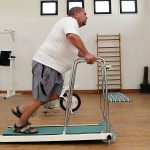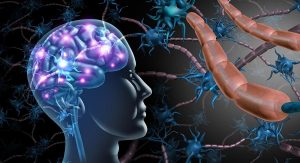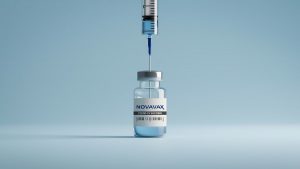
You know about buying no- and low-fat dairy and lean cuts of meat. But your pantry might also need a makeover to help you get the most nutrients from your foods and stick with a healthy diet plan. Start by replacing white flour with whole-wheat flour, according to the Simple Cooking With Heart Grocery Guide from the American Heart Association. The varieties “white whole wheat” and “whole wheat pastry flour” work well in baked goods. Switch from regular pasta to whole-wheat varieties, and buy brown and wild rice rather than white. Expand your whole-grain selections for side dishes with couscous, barley and kasha — they have great taste that doesn’t need butter. Clear out bottled sauces and dressings with added fat and sugar. Buy canned low-salt tomatoes and tomato paste to use as a base for soups and sauces. Flavor foods with different vinegars or a squeeze of citrus, like lemon or lime. Build a collection of nut- as well as plant-based oils, like hazelnut and walnut to go alongside olive and safflower oils. A few drops are all you need to add pizzazz to a dish. Get creative with spices and herbs. There are dozens to try, from thyme and rosemary to sage and dill. Grow your own on a windowsill or use dried varieties. Add Asian and Indian influences for zest and deeper… read on >






































